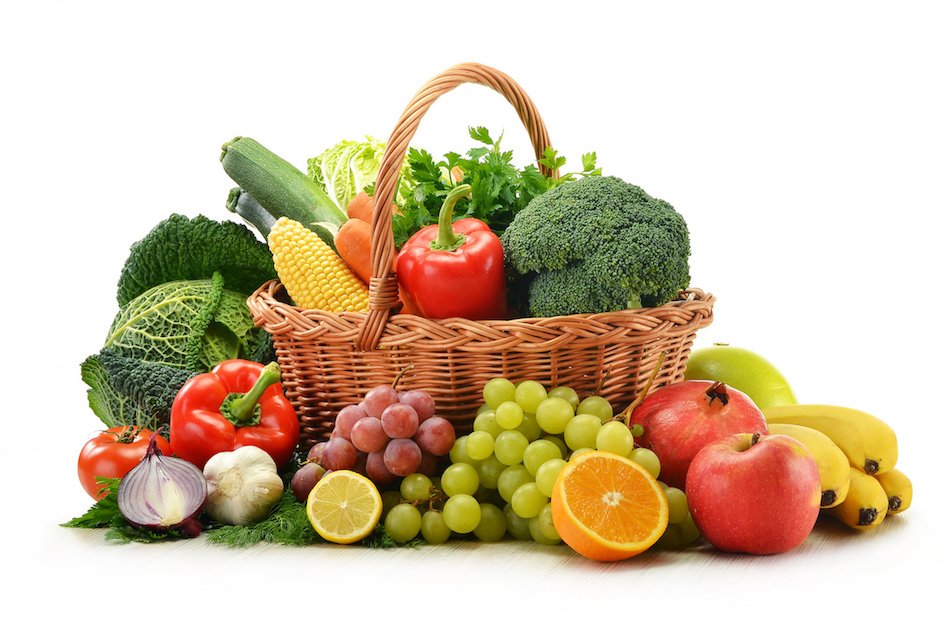Inside BENEO’s new pulse plant: pioneering sustainable protein from faba beans
Fruit and vegetables have particularly high fixed costs as they are perishable products
High fixed costs for retailing fresh fruit and vegetables means that they cost 40% more than would be efficient, unlike unhealthy alternatives, which trade close to marginal cost, a new study demonstrates.
Introducing a subsidy to counteract the price distortion and reduce the cost of fruit and vegetables will change diets in a way that is not only healthier, but also more in line with what consumers like to eat, according to the research.
Published in Science Advances, the study by economists at the University of Warwick, England set out to quantify distortions in the price of fruit and vegetables due to market imperfections, and their impact on our diets.
The economists found that fixed costs in the supply chain play a much larger role in the price of fruit and vegetables than in prices of other foods, distorting the relative price by at least 40%. These high prices imply that consumers on average buy 15% less fruit and vegetables than they would have if these sold at marginal cost. This underconsumption is due to a market imperfection: the fixed costs prevent the ’invisible hand’ of the market from allocating more fruits and vegetables to consumers, which both they and the producers of these product would prefer.
The 15% underconsumption of fruits and vegetables due to retail market imperfections accounts for a third of the gap between the average amounts of fruit and vegetables consumed and the recommended intake.

